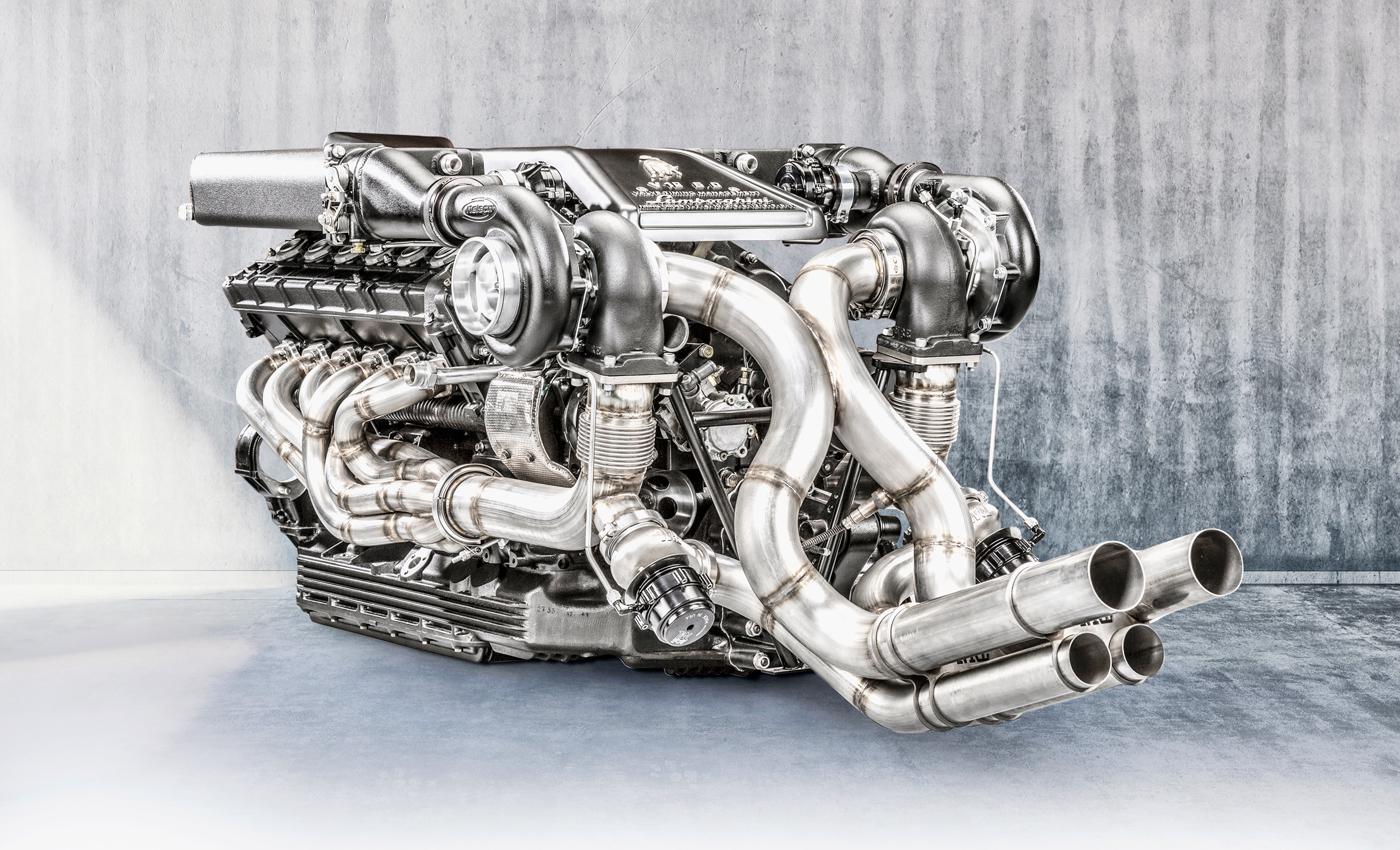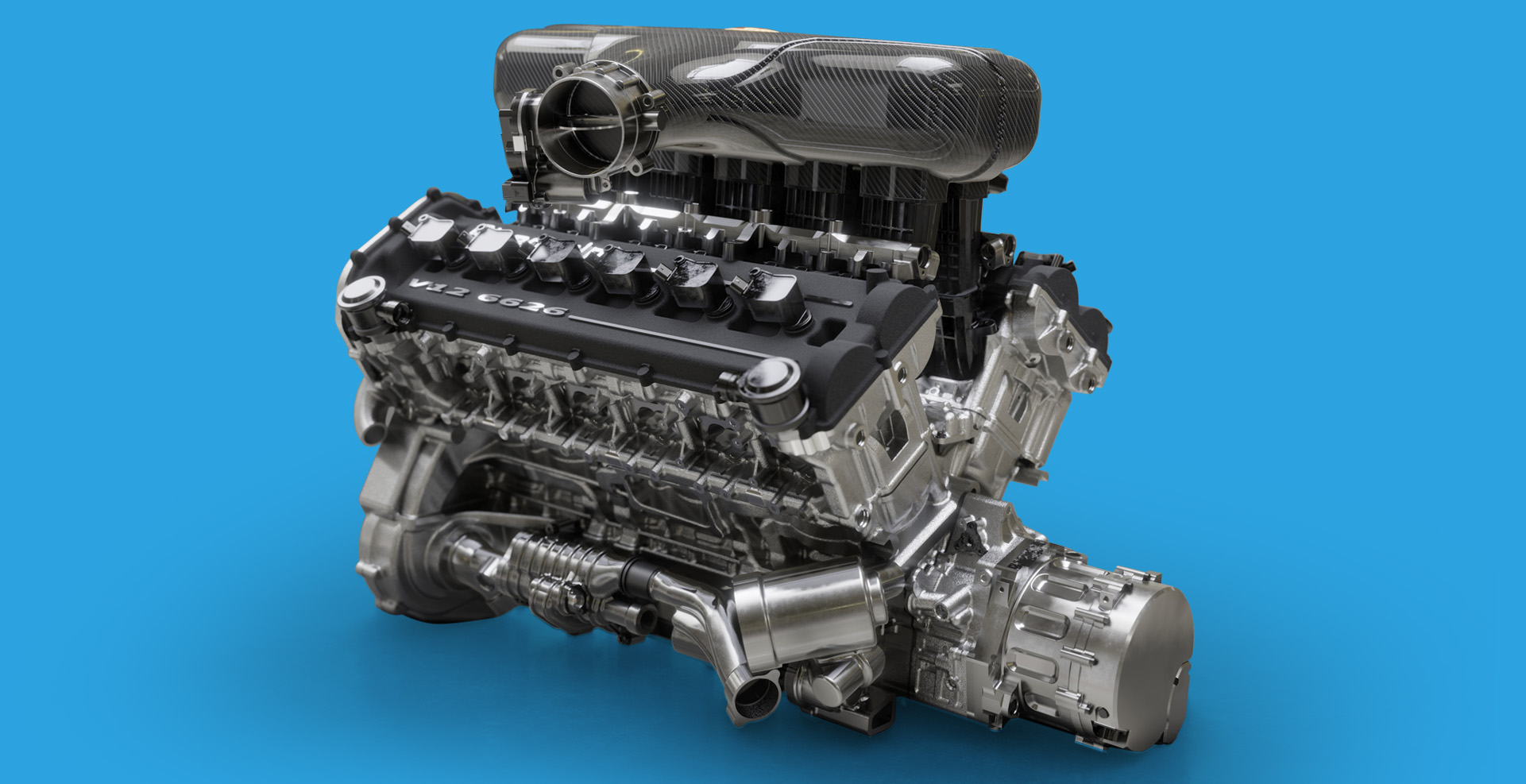Discover Top-Quality Engines for Africa at Our Trustworthy Automobile Components Store
Discover Top-Quality Engines for Africa at Our Trustworthy Automobile Components Store
Blog Article
The Quest for Ultimate Driving Power: Examining the Peak of Engine Efficiency and Technological Developments in the Automotive Market
In the realm of automotive design, the search of optimum driving power has been a relentless pursuit that has actually unfolded via the advancement of engine layout and the combination of cutting-edge technologies. From the meticulous workmanship of combustion engines to the fast advancements in electric propulsion systems, the automobile industry stands at the cusp of a brand-new age characterized by extraordinary performance capabilities.
Advancement of Engine Design

Additionally, the integration of turbocharging and supercharging technologies has reinvented engine layout by enhancing power without dramatically increasing engine dimension. These forced induction systems compress the intake air, permitting for even more gas to be ignited, thus generating greater power outcome from a smaller sized engine. This innovation has actually been especially critical in improving the efficiency of smaller sized variation engines while keeping fuel effectiveness standards.

Performance-Enhancing Fuel Technologies
The implementation of advanced fuel modern technologies has substantially added to improving engine efficiency in contemporary automobiles. Biofuels, acquired from sustainable sources like sugarcane, algae, or corn, offer improved and decreased discharges engine effectiveness. In addition, fuel additives and detergents are being developed to clean engine parts, maximize combustion, and decrease rubbing, thereby enhancing overall vehicle performance.
Improvements in Electric Propulsion
Significant strides in electric propulsion technology have actually transformed the vehicle sector, leading the method for a new era of lasting and effective transportation. Electric automobiles (EVs) are gaining popularity because of their ecological benefits and innovations in battery innovation, enabling longer driving ranges and shorter billing times. Producers are investing heavily in r & d to improve the efficiency of electrical propulsion systems, focusing on increasing power result, boosting energy efficiency, and decreasing total weight.
One significant advancement in electrical propulsion is the growth of innovative electric motors that provide greater torque and power thickness, causing boosted velocity and general driving performance. Additionally, regenerative braking systems have actually been fine-tuned to catch and keep energy during deceleration, further enhancing the performance of EVs.
Furthermore, the integration of smart innovations, such as expert system and predictive analytics, is optimizing the administration of electrical propulsion systems, making certain ideal performance under different driving problems. These advancements in electrical propulsion are reshaping the vehicle landscape, driving the market in the direction of an extra lasting and electrified future.
Influence of Computational Fluid Characteristics
With developments in electrical propulsion pressing the limits of automobile modern technology, the assimilation of Computational Fluid Dynamics is playing a critical duty in enhancing wind resistant efficiency and enhancing overall efficiency in car layout. Computational Fluid Characteristics (CFD) entails using computer simulations to evaluate the flow of air around a vehicle, making it possible for engineers to predict just how style adjustments will certainly affect aerodynamics without the demand for expensive physical prototypes. By precisely modeling air flow patterns, CFD permits the refinement of car shapes to minimize drag, boost air conditioning, and improve security.
CFD enables designers to maximize air flow around elements such as radiators, engine bays, and wheel wells, adding to boosted efficiency and general driving experience. In verdict, the assimilation of Computational Fluid Characteristics stands for a substantial action forward in the pursuit for ultimate driving power and effectiveness in the automotive sector.
Future Fads in Engine Development
In the dynamic landscape of automotive engineering, advanced innovations are forming the future trajectory of engine advancement. The future of engine layout is marked by a solid focus on sustainability, effectiveness, and performance. Producers are increasingly focusing on establishing engines that not only deliver high power outcomes however also focus on environmental responsibility by reducing emissions and enhancing fuel performance.
One noticeable pattern in engine advancement is the surge of electrification. Crossbreed and electrical powertrains are gaining traction as viable options to conventional combustion engines. These technologies provide Get More Info the capacity for considerable decreases in carbon discharges and boosted power performance, straightening with international initiatives to combat environment modification.
Furthermore, innovations in products scientific research and production techniques are enabling the production of lighter and more resilient engine components. This change in the direction of lightweight materials such as carbon fiber and aluminum alloys adds to improved performance and fuel economy.
Conclusion
Finally, the pursuit of best driving power in the vehicle market remains to drive advancements in engine style, fuel innovations, electrical propulsion, and computational liquid characteristics. The advancement of these modern technologies is shaping the future of engine technology, leading the way for a lot more effective and reliable lorries (engines for africa). As the market proceeds to push the boundaries of what is feasible, we can anticipate to see much more cutting-edge developments in the mission for peak efficiency
One of the key landmarks in engine layout development is the change from typical carbureted engines to modern fuel-injected systems. By exactly metering the gas delivery to each cyndrical tube, fuel-injected engines optimize combustion, resulting in far better performance and lowered environmental impact.
In addition, the combination of turbocharging and turbo her latest blog charging technologies has actually transformed engine style by improving power without significantly enhancing visit this site engine size (engines for africa).The execution of advanced gas innovations has considerably added to improving engine efficiency in modern cars. Additionally, gas ingredients and detergents are being created to tidy engine components, optimize burning, and minimize rubbing, therefore improving general automobile performance
Report this page